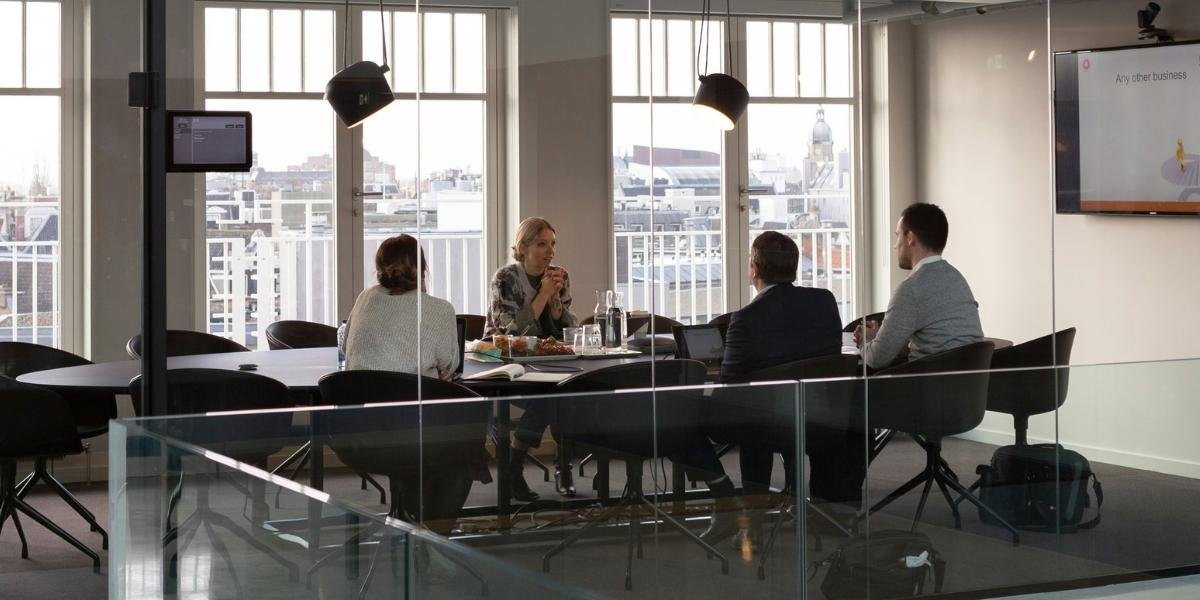Interest rates are often seen as a topic for economists and financial institutions. But changes in these rates can have very real effects on how much people spend every day. When interest rates rise, borrowing money becomes more expensive. This affects common expenses like rent, car loans, and credit card bills.
Take the example of someone renewing a lease on a rented apartment. If the property owner has a mortgage with a variable interest rate, an increase in rates could mean higher monthly payments for them. To offset this, they may raise the rent. For renters, this makes budgeting more difficult. A rent increase of even $100 a month could mean cutting back on groceries or delaying non-essential purchases.
Interest rate changes can also influence credit card balances. When borrowing costs go up, credit card interest rates tend to follow. A balance of $2,000 on a credit card with an 18% annual rate may see that rate rise to 21% or more. The added interest means higher monthly payments for the same balance, which can quickly eat into money set aside for other needs.
Car loans and personal loans aren’t immune either. Higher rates make new loans more expensive, which may lead many to hold on to older vehicles longer or skip elective home improvements.
Grocery Prices and Transportation Costs May Respond Indirectly

Photo Credit: Unsplash.com
Although grocery prices are not directly tied to interest rates, changes in the cost of borrowing can affect the broader supply chain. When shipping companies, food processors, or farms face higher financing costs, they may raise their prices to maintain profits.
These increases eventually reach consumers. A small hike in the price of transportation, for instance, can lead to higher prices for milk, meat, and produce. If rates stay high for several months, these costs may become a permanent part of household budgets.
In one example, families that used to spend $120 per week on groceries might find themselves paying $135 for the same items over time. The difference may not seem large on its own, but across a month, it can push a family to reconsider other spending categories. Eating out less often or switching to store-brand items may become necessary.
Even those who don’t borrow money directly still feel the ripple effects. Increased operational costs for businesses may lead to higher prices for goods and services that most households rely on.
Budgeting for Big Purchases Becomes More Complex
When interest rates fluctuate, long-term planning becomes more uncertain. Families saving for a large expense, like a home appliance or tuition payment, may struggle to estimate how much money they’ll actually need.
For example, someone planning to buy a used car might expect to finance it with a loan. If the rate offered jumps from 5% to 7%, the monthly payment increases. Even if the sticker price doesn’t change, the total cost of ownership grows. For some, this means postponing the purchase altogether.
For those who have variable-rate student loans, monthly payments can change with the market. That unpredictability can make it harder to commit to other long-term decisions like moving to a new city, starting a side business, or supporting family members.
Shifting rates may also reduce the appeal of certain financial tools like balance transfers or promotional loans, which are often tied to short-term low interest rates. When these rates increase, the benefit shrinks, and other options may need to be explored.
Savings and Investments May Influence Spending Behavior
While rising interest rates usually mean higher costs for borrowers, they can also bring better returns for savers. Savings accounts, certificates of deposit, and money market funds may offer more attractive yields when rates go up.
For households with some financial cushion, this can be a reason to save more. Instead of spending disposable income on a vacation or entertainment, some may choose to take advantage of the higher return by parking funds in a short-term savings product.
This shift in behavior affects local economies. If more people decide to save instead of spend, consumer activity slows down. This change can result in fewer restaurant visits, lower demand for services, and reduced retail sales. Businesses may respond with fewer discounts or shorter operating hours, which further influences how households manage their budgets.
There’s also a psychological factor. When rates are high, people tend to be more cautious with their money. Fear of future rate hikes or economic downturns can lead to conservative spending, even among those not directly impacted by higher borrowing costs.
Everyday Choices May Prioritize Stability Over Convenience

Photo Credit: Unsplash.com
With shifting rates, many households start prioritizing needs over wants. This might mean choosing fixed-rate services over those that adjust monthly, opting for used items rather than new, or putting off non-essential upgrades.
Someone who usually buys a new phone every year may decide to skip the upgrade and wait another cycle. Others may switch to public transportation to avoid car-related expenses that could rise due to loan costs or fuel price changes influenced by economic shifts.
Meal planning can also change. Eating at home becomes more common when dining out feels too expensive. Subscription services might be canceled, and utility usage may be monitored more closely.
These shifts aren’t just about cutting back. They reflect a broader effort to regain control. In uncertain financial environments, people often adjust spending to match what feels stable. This could include shopping at more affordable stores, reducing discretionary spending, or avoiding debt entirely.
Stability becomes the main goal. And even small decisions, like skipping coffee on the way to work, become part of a larger strategy to manage uncertainty.












